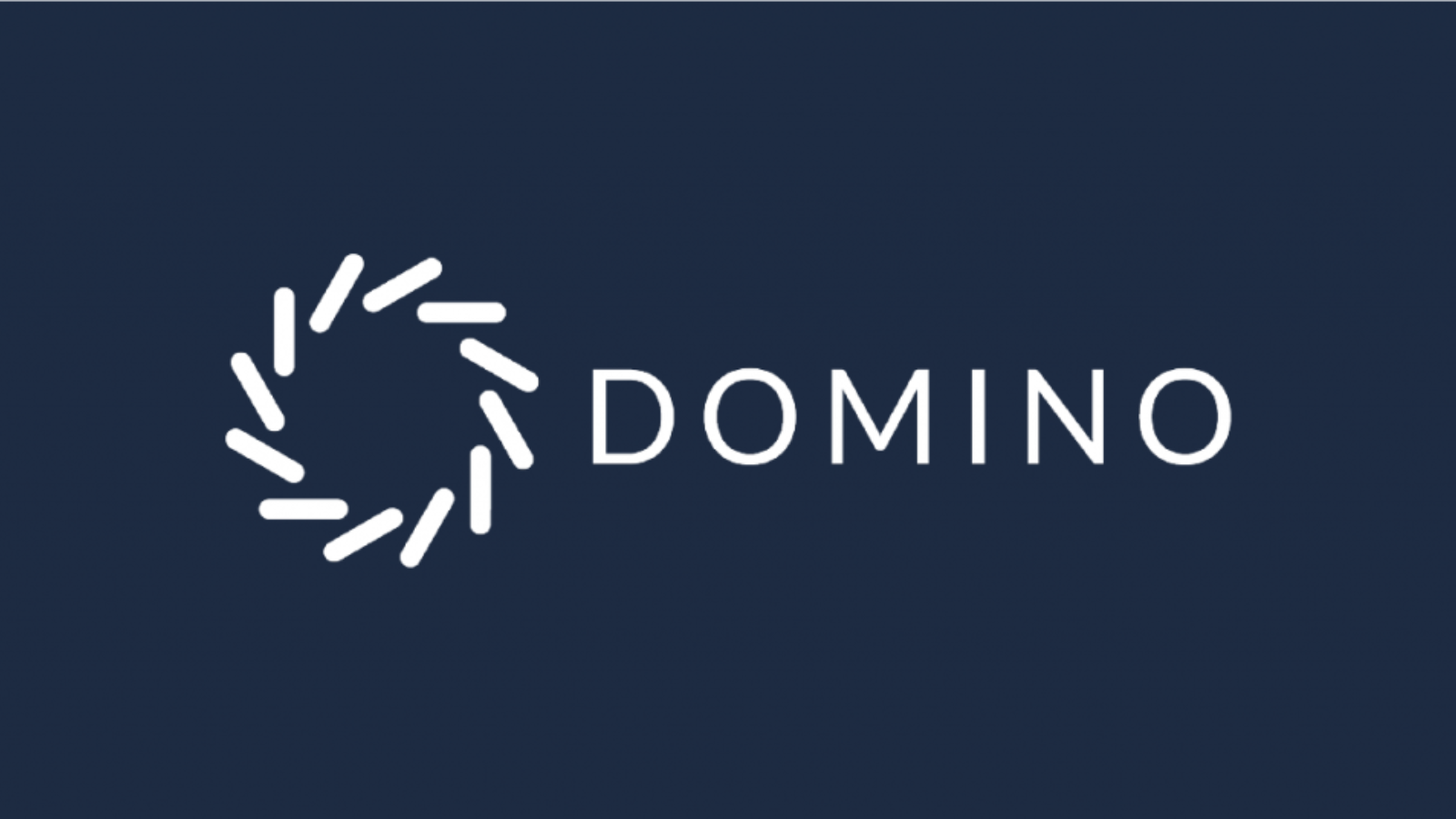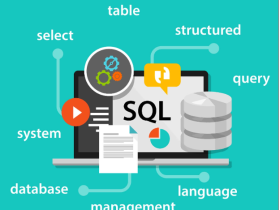Introduction
Python, a high-level programming language known for its simplicity and versatility, has been widely adopted across various industries. Its syntax, which emphasizes readability, and its comprehensive standard library make it particularly appealing for rapid development. Let us explore how leading tech companies are leveraging Python to drive innovation, streamline operations, and develop groundbreaking technologies.
The Rise of Python: History
Conceived in the late 1980s, Python‘s journey from a side project to a leading programming language is a testament to its adaptability and robust community support. Guido van Rossum’s vision of a simple yet powerful language has materialized into the most popular programming languages worldwide and is a versatile tool used in some of the most groundbreaking projects today.
Key Features
Readability and Syntax: Python’s syntax is designed to be intuitive and mimic natural language, which reduces the cost of program maintenance and development.
Versatility: From web development to data analysis, Python’s wide array of frameworks and libraries allows it to be used in nearly every domain of technology.
Community Support: A large and active community contributes to a vast collection of modules and libraries, making Python highly extensible.
Leading Companies and Their Python Adoption
Google has been a proponent of Python since its early days, using it as part of its web search system and in many Google App Engine applications. Python’s role in data analysis, machine learning, and AI development within Google showcases its scalability and performance.
Netflix
Netflix uses Python for server-side data analysis. The flexibility of Python allows Netflix to provide highly personalized content recommendations to its millions of users worldwide.
Owned by Facebook, Instagram is one of the largest users of Python, leveraging the Django framework to handle massive user data and traffic. Python’s simplicity and reliability enable Instagram to efficiently manage its platform, serving hundreds of millions of active users.
Spotify
Spotify employs Python primarily for data analysis and backend services. It uses Luigi, a Python module, to handle its massive data pipeline, aiding in music recommendation and streaming services.
Dropbox
Dropbox is another major player that has utilized Python for various aspects of its cloud storage service, from server and client applications to analytics and operational automation. Python’s portability and extensive libraries have been crucial to Dropbox’s service architecture.
The technical similarities and differences between the companies while tailoring the integration of Python
| Feature / Company | Netflix | Spotify | Dropbox | ||
| Main Usage | Web Search, AI, ML | Data Analysis, Backend | Web Development (Django) | Data Analysis, Backend | Storage, Synchronization |
| Frameworks & Libraries | TensorFlow, NumPy | Boto, Flask | Django, Celery | Luigi, pyspark | Boto, Django |
| Development Focus | AI Research, Development | Personalized Content | High Traffic Management | Music Recommendation | File Hosting Service |
| Performance Solutions | C Extensions, PyPy | PyPy, Microservices | Django Optimizations | PyPy, Data Pipeline Optimizations | Cython, PyPy |
| Data Handling | BigQuery, TensorFlow | Jupyter, Pandas | Postgres, Redis | Cassandra, BigQuery | MySQL, Redis |
| Scalability | Kubernetes, GCP | AWS, Microservices | Load Balancing, Caching | Scalable Batch Processing | Distributed Systems |
| Community Contributions | TensorFlow, Grumpy | Genie, Metaflow | Contributions to Django | Contributions to pyspark, Luigi | Contributions to several Python projects |
The Impact of Python on Innovation
AI and Machine Learning
Python’s simplicity and the powerful libraries like TensorFlow and PyTorch have made it a favorite among AI researchers and developers, facilitating advancements in machine learning and artificial intelligence.
Data Science and Analytics
The availability of libraries such as Pandas, NumPy, and Matplotlib has transformed Python into a leading tool for data analysis and visualization, enabling companies to derive meaningful insights from large datasets.
Web Development and Automation
Frameworks like Django and Flask allow for the rapid development of secure and scalable web applications. Additionally, Python’s scripting capabilities make it ideal for automating repetitive tasks, enhancing productivity.
Challenges and Solutions
Performance Concerns
While Python excels in readability and developer productivity, its performance can be a concern for some high-load applications. However, integrating Python with C extensions or using PyPy, a JIT compiler, are popular solutions to mitigate performance issues.
Asynchronous Programming
Asynchronous programming is vital for scaling applications. Python 3.5 introduced asyncio, a built-in library for writing asynchronous code, which has been adopted by various frameworks and libraries to improve concurrency support.
Future Outlook
The future of Python looks promising, with continued growth in areas like AI, machine learning, and data science. As technology evolves, Python’s adaptability and the community’s commitment to innovation will keep it relevant and powerful for years to come.
Conclusion
Python’s widespread adoption by leading tech companies underscores its versatility, reliability, and the vast potential for applications ranging from web development to cutting-edge AI research. Despite challenges, the ongoing development of Python and its ecosystem continues to address the needs of large-scale applications, maintaining Python’s position at the forefront of programming languages in the tech industry.











Leave a Reply